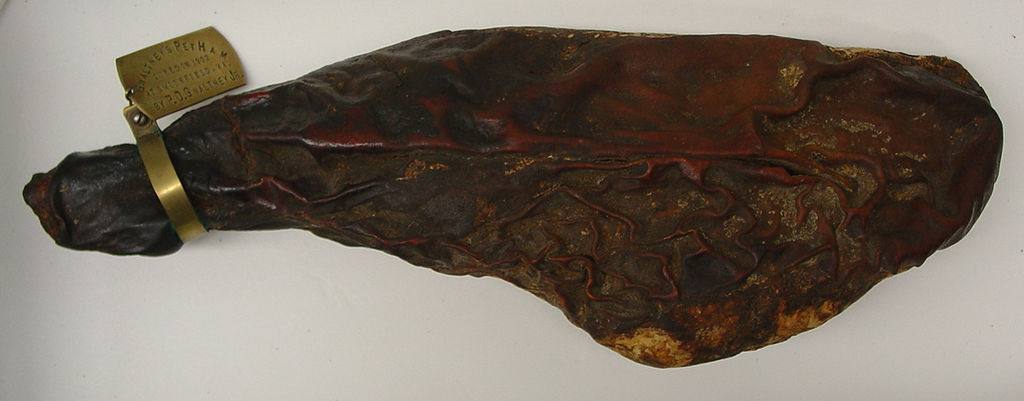Diversity is a Survival Issue
Last Friday, I was elected President of my local amateur radio club. As is typical for such elections, I was running unopposed, and had essentially been drafted into the position by the previous President (I’ll get you for this some day, Larry). In fact, many ham radio clubs are either on the brink of extinction, or have already gone under, unable to maintain enough participants to keep them running. Even with over 130 members, the Hampden County Radio Association struggles to get volunteers, not only for the administrative positions but for our regular activities.
Our biggest problem is demographics: a lot of our members can’t get out and about like they used to. We’re far from unique in this predicament. At a recent meeting of ham radio club leaders from around New England, I learned that the American Radio Relay League recently commissioned an analysis of the ham population. The most distressing finding was that the average age of a US-licensed amateur radio operator is 76. That’s a best-case number; the reality is probably worse.
The HCRA is actually doing better than average on this account, with a sizable proportion of middle-aged men, including me, in the group. But that highlights another issue: gender. Ham radio is overwhelmingly male. We do have a few women in our group, but they’re a tiny minority. And did I mention that most of us are white?
 World’s oldest ham. Image courtesy Wikimedia Commons.
World’s oldest ham. Image courtesy Wikimedia Commons.
Age and monoculture are fine if you’re a piece of cured meat, but for an organization, these are existential threats. The problem has multiple levels. Most obviously, a glance at average life expectancy statistics shows that ham radio is literally living on borrowed time. This gathering of old men gets smaller every year. Second, as the population of hams declines, the local and national radio clubs that organize the hobby are collapsing. That has a domino effect. The fewer clubs a region has, the less likely it is that someone who might have been interested in amateur radio will discover and pursue it.
Our lack of diversity has also become self-perpetuating. If a young Black woman shows up to a radio club meeting and sees only a bunch of old, white men in the room, she’s unlikely to feel that she belongs there. Even if the octogenarians sincerely want to broaden their group’s diversity, they’ll struggle to find ways to appeal to younger, less pasty prospective members.
I know, because that’s where I am right now with the HCRA. Previous leaders of the club have left it in relatively good health; we’re now one of the largest, longest-established radio clubs in New England. But that’s precarious. Organizing our biggest public relations and operating event of the year, Field Day, I’m scrambling to get even a tiny fraction of our membership to turn out. We need more people, and especially more active, younger ones from different backgrounds.
So far, we’ve been doing all the things that seem obvious for appealing to younger generations and different groups. Our meetings are livestreamed on Zoom, with the recordings posted to Youtube afterward, and we feature speakers from different backgrounds, presenting on widely varied topics. Our web site is shockingly modern for a ham radio club, and even looks okay on a cellphone screen. We’re trying, but it’s hard.
What’s most galling about this is that at a technical level, ham radio is immensely diverse. It’s a hobby of sub-hobbies, each one of which offers its own universe of fascinating activities to explore. Some hams are only into emergency communication, while others just collect contacts with as many countries as possible, or build broadband wireless networks that blow the doors off commercial offerings, or tinker with extreme communication challenges at the far ends of the radio spectrum, or communicate through dedicated ham radio satellites, or compete internationally in various forms of radiosport.
As someone who dabbles in many different aspects of radio, I see an overarching activity that should have broad appeal. Whatever you’re into, there’s probably some kind of ham radio activity that’s perfect for you. And despite appearances, all are welcome.
While ham radio offers an extreme example, the same problems plague higher-profile endeavors: computer science, engineering, corporate leadership, the military, and many other human activities are all struggling with their own diversity issues. In all of those discussions, there are inevitably people arguing that diversity is unimportant, or that it’s just liberal window dressing, or even that it’s a threat to someone. But it’s none of those things. As biology tells us, a lack of diversity is a fast track to extinction.
So let’s all broaden our horizons. And go check out your local ham radio club. They need you.